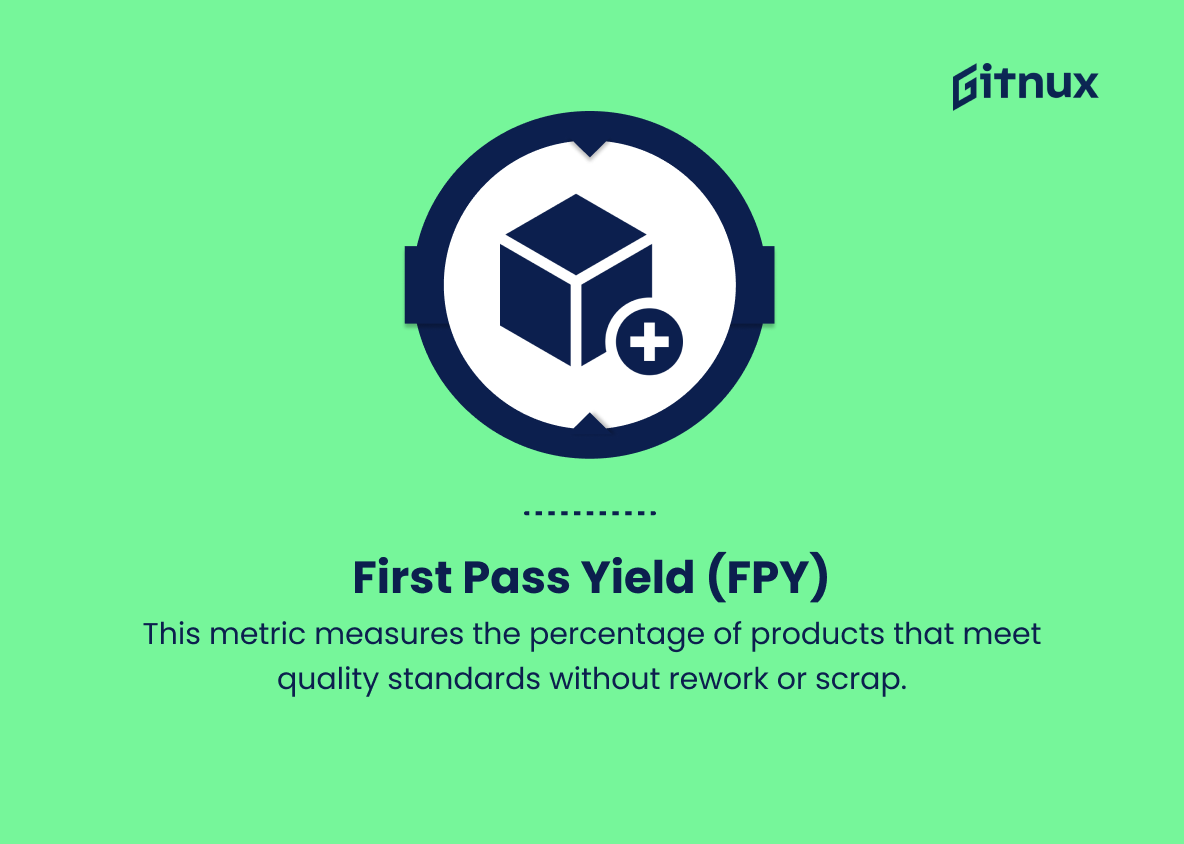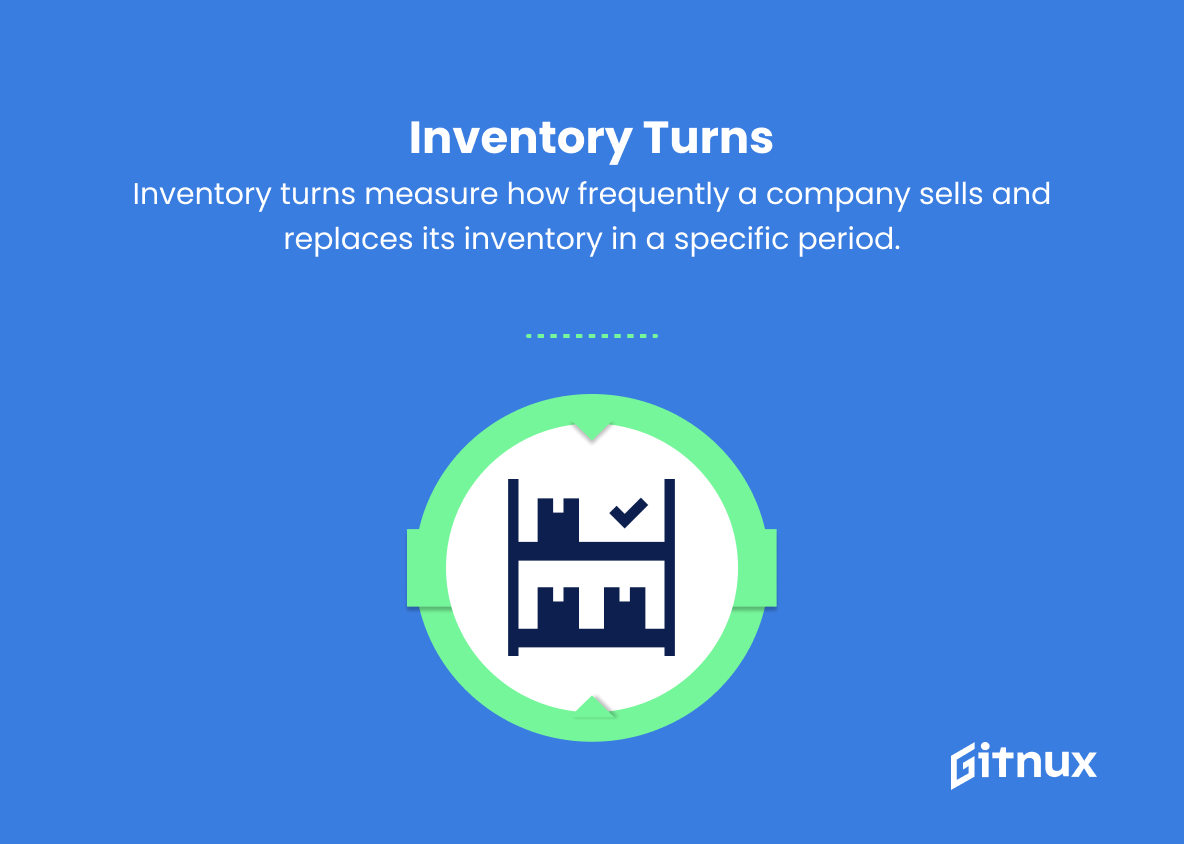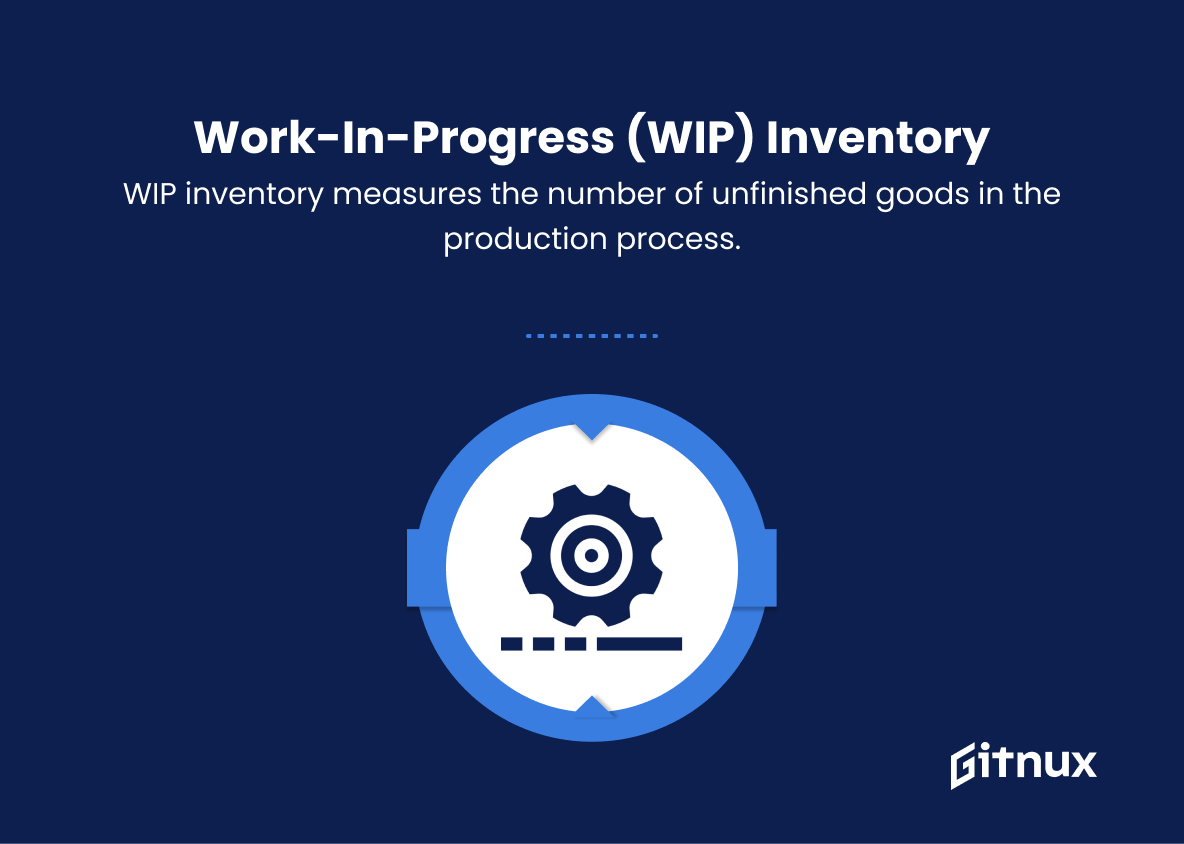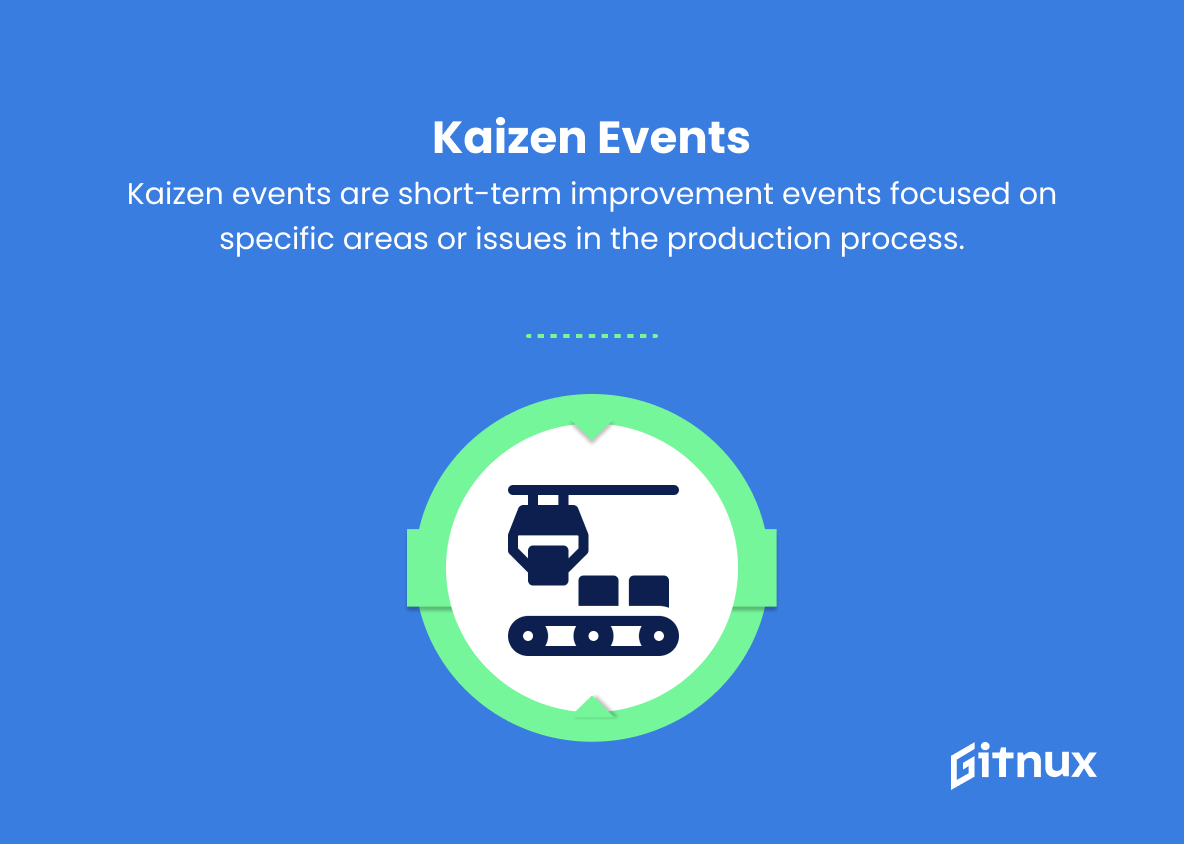In today’s highly competitive global market, achieving optimal efficiency and minimizing waste has become paramount for manufacturers. Lean manufacturing, a comprehensive approach to streamlining production, has become the gold standard for businesses aiming to remain agile, adaptive, and profitable. Central to this approach is the careful monitoring and analysis of key performance indicators (KPIs), known as lean manufacturing metrics.
These metrics enable organizations to quantify their progress, identify areas for improvement, and ultimately, refine their processes to achieve both short and long-term success. In this insightful blog post, we’ll delve into the world of lean manufacturing metrics by examining their significance, exploring the most critical KPIs every manufacturer should track, and discussing practical implementation strategies for driving sustainable growth in the ever-evolving manufacturing industry.
Lean Manufacturing Metrics You Should Know
1. Overall Equipment Effectiveness (OEE)
This metric measures the efficiency and effectiveness of equipment, taking into account availability, performance, and quality. It helps identify areas for improvement in equipment utilization and productivity.
2. Takt Time
Takt time is the available production time divided by customer demand. This metric helps to balance production rates and customer demand and is crucial for ensuring that the production process meets customer requirements.
3. Cycle Time
Cycle time is the time it takes for a product to move through the production process, from start to finish. Reducing cycle time indicates increased process efficiency and faster production rates.
4. Lead Time
Lead time measures the time between receiving a customer order and delivering the finished product. A shorter lead time indicates a more efficient production process and better customer service.
5. First Pass Yield (FPY)
This metric measures the percentage of products that meet quality standards without rework or scrap. A higher FPY indicates better production quality and reduced waste.
6. Inventory Turns
Inventory turns measure how frequently a company sells and replaces its inventory in a specific period. Higher inventory turns indicate better inventory management and reduced carrying costs.
7. Return on Assets (ROA)
Return on Assets measures the efficiency with which a firm uses its assets to generate profits. A higher ROA indicates more effective use of assets and better overall profitability.
8. On-Time Delivery Rate
This metric measures the percentage of orders delivered on or before the agreed-upon delivery date. A higher rate indicates better customer service and more efficient production processes.
9. Setup Time
Setup time is the amount of time required to changeover equipment, tools, and materials for a new production run. Reducing setup time increases equipment utilization, throughput, and overall production efficiency.
10. Work-in-Progress (WIP) Inventory
WIP inventory measures the number of unfinished goods in the production process. Reducing WIP inventory levels indicates improved production efficiency and reduced inventory costs.
11. Value Stream Mapping (VSM)
VSM is a lean tool used to analyze and visualize the flow of materials and information required to bring a product or service to a customer. It helps identify waste and areas for process improvement in the production system.
12. Kaizen Events
Kaizen events are short-term improvement events focused on specific areas or issues in the production process. Metrics related to Kaizen events may include the number of events, cost savings achieved, and waste reduction.
13. 5S Metrics
5S is a methodology for workplace organization and standardization, consisting of Sort, Set in Order, Shine, Standardize, and Sustain. Metrics for 5S may include the number of 5S audits completed, improvement actions identified, and overall workplace organization score.
These are just a few examples of lean manufacturing metrics that can be used to track performance, identify areas for improvement, and drive continuous improvement efforts within a manufacturing organization.
Lean Manufacturing Metrics Explained
Lean manufacturing metrics play a crucial role in driving efficiency and continuous improvement efforts within a manufacturing organization. Overall Equipment Effectiveness (OEE) measures the efficiency of equipment to identify areas for improvement. Takt Time helps balance production rates with customer demand and ensures that the production process meets their requirements. Cycle Time and Lead Time measure process efficiency and customer service, while First Pass Yield (FPY) focuses on product quality and waste reduction. Inventory Turns and Return on Assets (ROA) indicate better inventory management and overall profitability.
On-Time Delivery Rate showcases customer service levels, while Setup Time and Work-in-Progress (WIP) Inventory highlight areas for production efficiency improvement. Value Stream Mapping (VSM) visualizes the production system for better analysis, and Kaizen Events focus on short-term improvements in specific areas. Finally, 5S Metrics measure the effectiveness of workplace organization and standardization efforts. By tracking these metrics, manufacturers can identify areas of improvement and optimize their processes to increase productivity, reduce waste and enhance customer satisfaction.
Conclusion
In summary, lean manufacturing metrics are indispensable tools for businesses striving to optimize their operations, eliminate waste, and increase efficiency. By consistently monitoring these metrics and making data-driven decisions, companies can improve their bottom line, enhance customer satisfaction, and maintain a competitive edge in the market. It is vital to remember that the application and interpretation of these metrics must be aligned with an organization’s specific goals and industry requirements. Ultimately, a successful lean manufacturing strategy involves a continuous commitment to improvement, adaptability, and the incorporation of the latest technological advancements.
By staying vigilant and committed to these principles, businesses can achieve sustainable growth and long-term success in today’s rapidly evolving industrial landscape.













